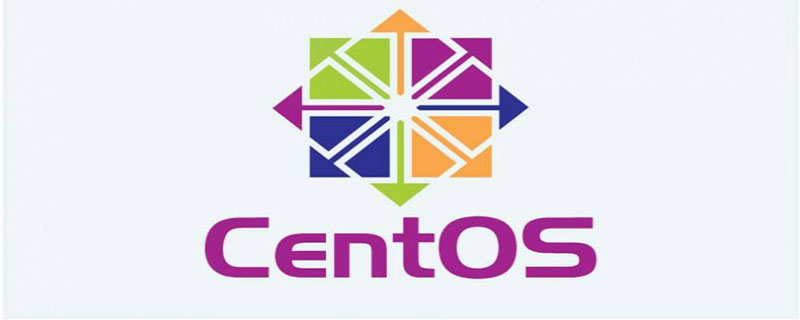Home >Operation and Maintenance >CentOS >How to install software on centos
How to install software on centos
- 王林Original
- 2020-04-03 14:47:247089browse

The method is as follows:
(1) wget
In CentOS, wget is a command that automatically downloads files from the network. , it supports HTTP, HTTPS and FTP protocols, wget can be executed in the background after the user exits the system. wget can download various files from the Internet, and can even be used to download available warehouse source files, such as:
wget http://public-yum.oracle.com/public-yum-ol7.repo //用于下载oracle的仓库源 yum clean all yum makecache//更新仓库源的元数据信息 yum -y update//更新源
(2) yum
yum is commonly used in CentOS Commands for downloading or updating software from installed repository sources. Yum is an interactive package manager based on RPM. It can automatically perform system updates, including dependency analysis and real-time processing based on "source warehouse" metadata; it can also install new software packages and remove old software packages. And heap installed and available software packages to query, it is as smart as apt-get under Debian system operating system.
The commonly used commands for yum are as follows:
Install software from the warehouse source (take gcc software as an example)
yum -y install gcc
Install the corresponding environment software package from the group list
yum groupinstall "Gonme Desktop"
(3) rpm
rpm (Redhat Package Manager) is a special package manager developed by Red Hat for RHEL. It was later changed to RPM Package Manager, that is, redhat It is the package management software of the operating system. Usually the rpm command is used to install the local rpm installation package offline.
Install local rpm package
rpm -ivh gcc-4.8.5-17.el6.x86_64.rpm
Replacement coverage installation
rpm -ivh --replacepkgs PKG
Recommended related tutorials: centos tutorial
The above is the detailed content of How to install software on centos. For more information, please follow other related articles on the PHP Chinese website!

